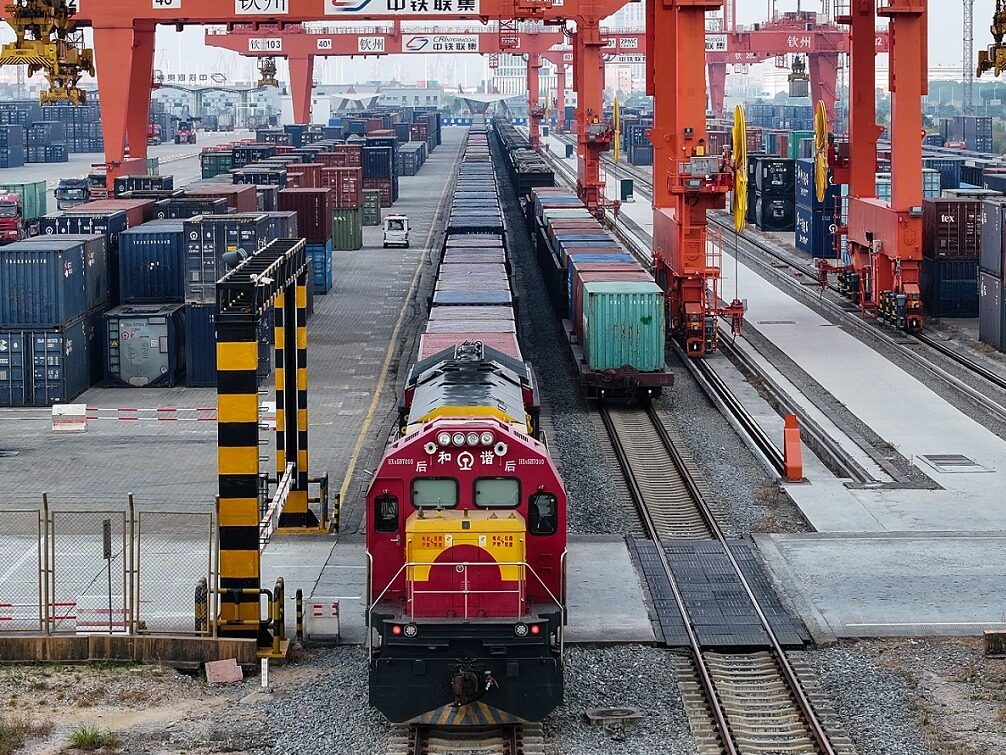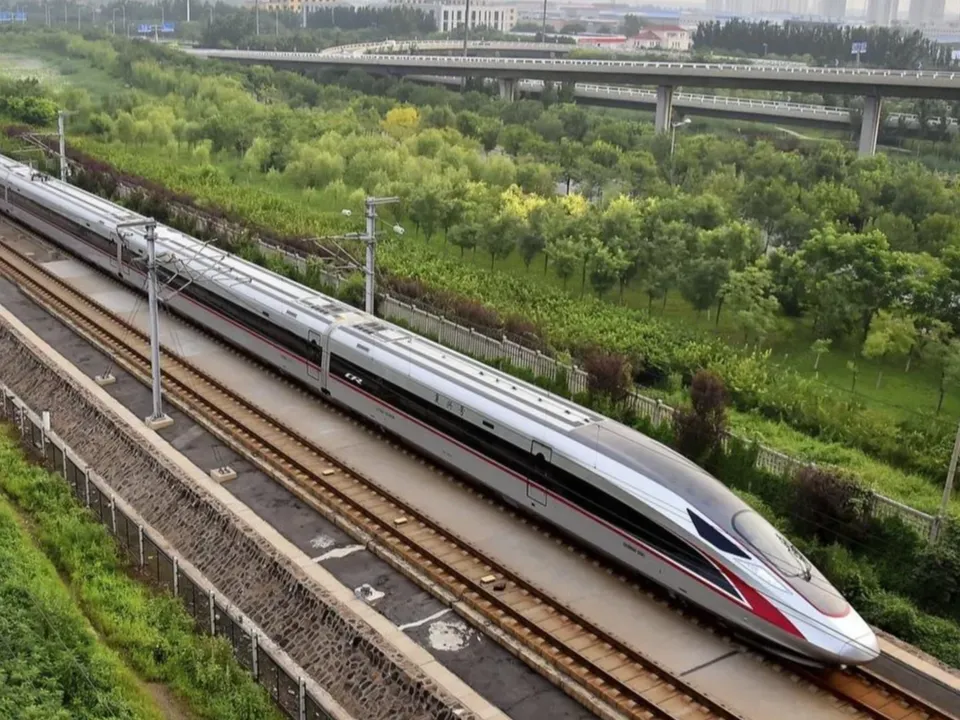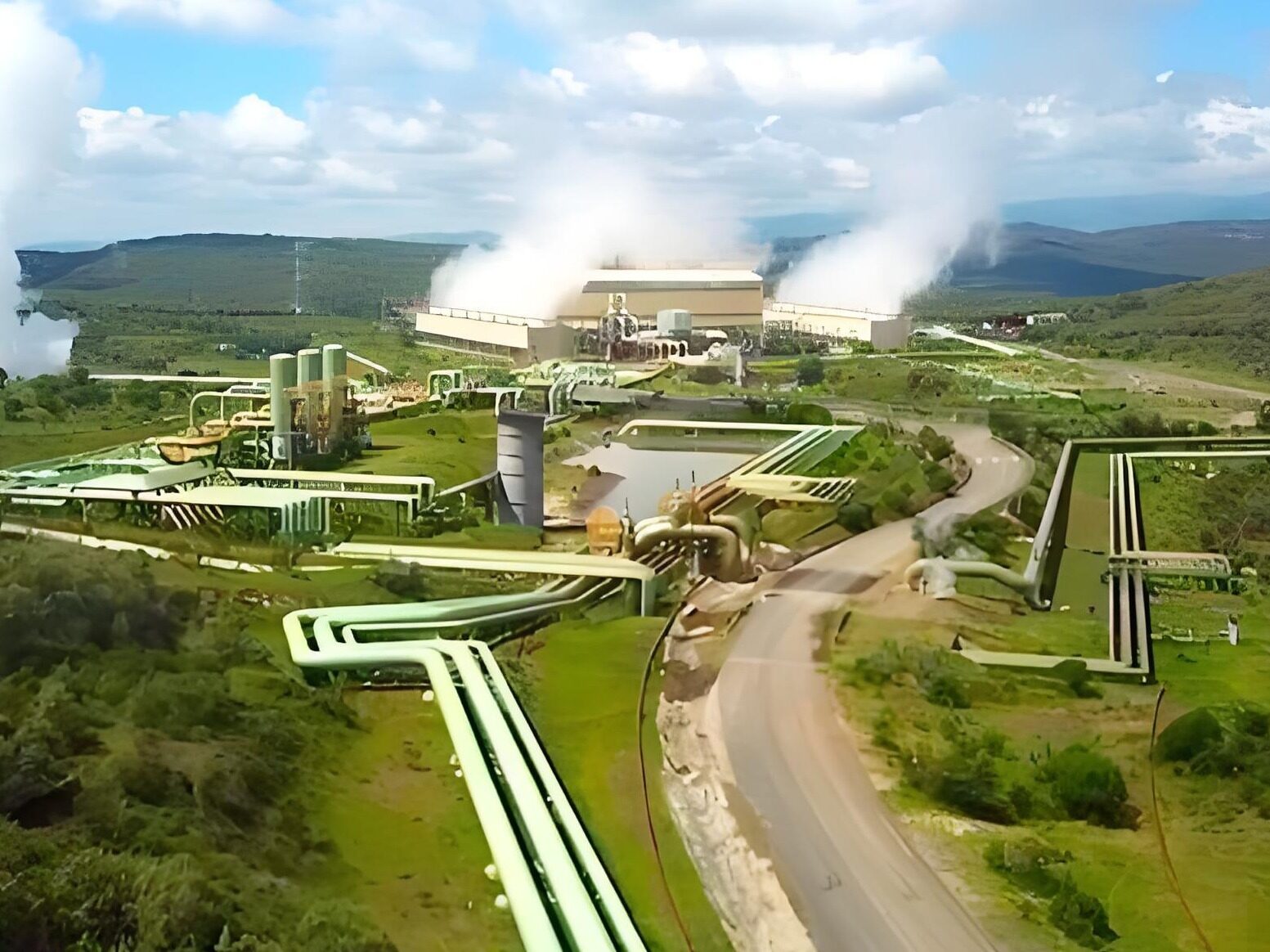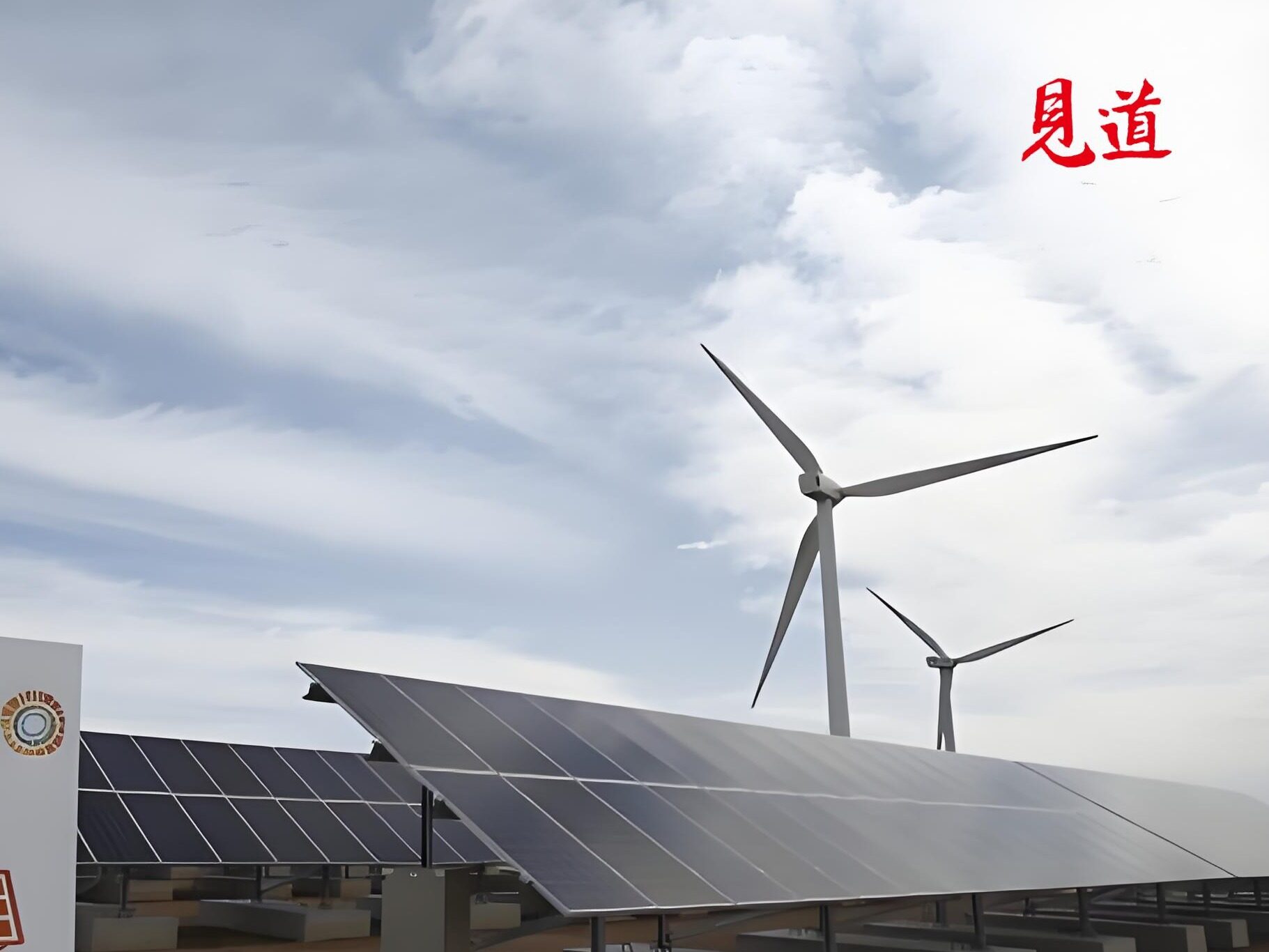- Industrial gas giant to build 24MW PEM electrolyzer in Leuna, Germany by the second half of 2022

Industrial gas giant Linde (Linde) will build and operate its so-called "world's largest PEM (proton exchange membrane) electrolyzer" plant to produce green hydrogen after it is put into production in the Leuna Chemical Park in Germany.
Get the new newsletter from upstream and supply to get the insights you need to understand the energy transition of the global oil and gas industry.
The 24MW electrolyzer will produce green hydrogen and provide products to Linde's industrial customers through the company's existing pipeline network. In addition, Linde will distribute liquefied green hydrogen to gas stations and other industrial customers in the region.
Jens Waldeck, President of Western Europe, said: "Clean hydrogen is the cornerstone of Germany and the European Union's strategic response to climate change challenges. It is part of a solution that helps reduce carbon dioxide emissions in many industries, including chemicals and refining." at Linde.
"This project shows that the capacity of the electrolyzer is continuously expanding, which is a stepping stone towards a larger factory."
Start production next year
The world’s largest electrolyzer currently in operation is a 10MW unit in Japan, connected to a 20MW solar panel near Fukushima. Earlier, French oil giant Total (Total) and utility company (Engie) announced plans to connect a 40MW electrolyzer with solar energy in a refinery in southern France. The plant is scheduled to be put into operation in 2024.
The green hydrogen produced in Leuna can provide fuel for approximately 600 fuel cell buses, travel 40 million kilometers, and save up to 40,000 tons of carbon dioxide emissions each year.
The electrolyzer will be manufactured by ITM Linde Electrolysis, a joint venture between Linde and ITM Power, using high-efficiency PEM technology. The plant will start production in the second half of 2022.
Wind power becomes a hot spot for power production
The plant will initially use certified renewable energy as fuel, but will eventually be powered by a new local renewable power station. The Leuna chemical plant is located in Saxony-Anhalt, Germany, which is one of the country's wind power hotspots.
Currently, PEM electrolyzers are considered to be the most economical and effective way to produce green hydrogen from renewable energy because they can withstand the intermittent nature of renewable energy.
Another method, solid oxide electrolysis (SOE) uses high-temperature heat to increase the efficiency of hydrogen production, but the process is still quite expensive because it requires more electricity.
So far, SOE electrolyzers have only been deployed in pilot projects. French utility company Engie and its partners announced at the beginning of last year that they will build the first commercial-scale SOE electrolyzer in the Netherlands with a capacity of 2.6MW.
The third method is alkaline electrolysis, which has existed since the 1920s, but it is more efficient if it is powered by base load electricity-this is not the case with wind or solar. Editor/Xu Shengpeng
Comment
 Praise
Praise
 Collect
Collect
 Comment
Comment
 Search
Search














Write something~